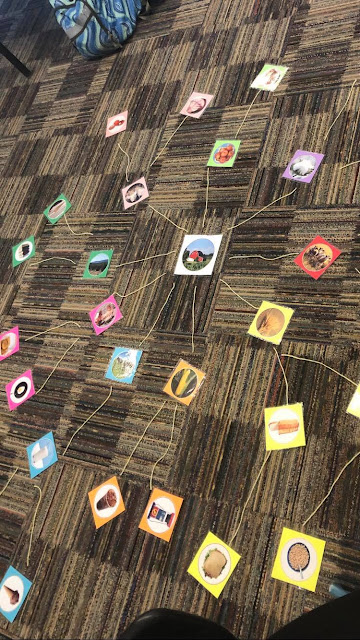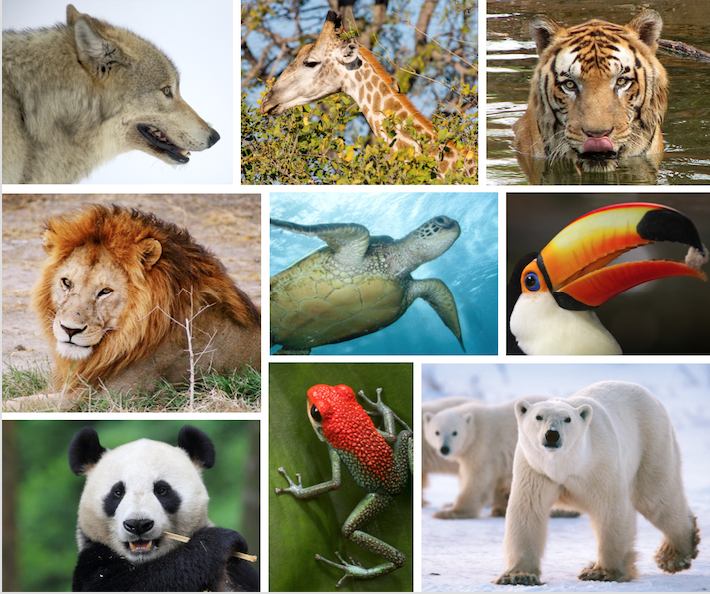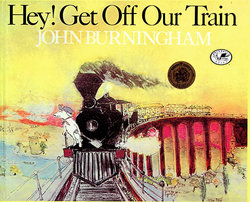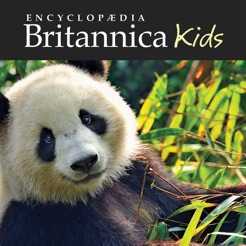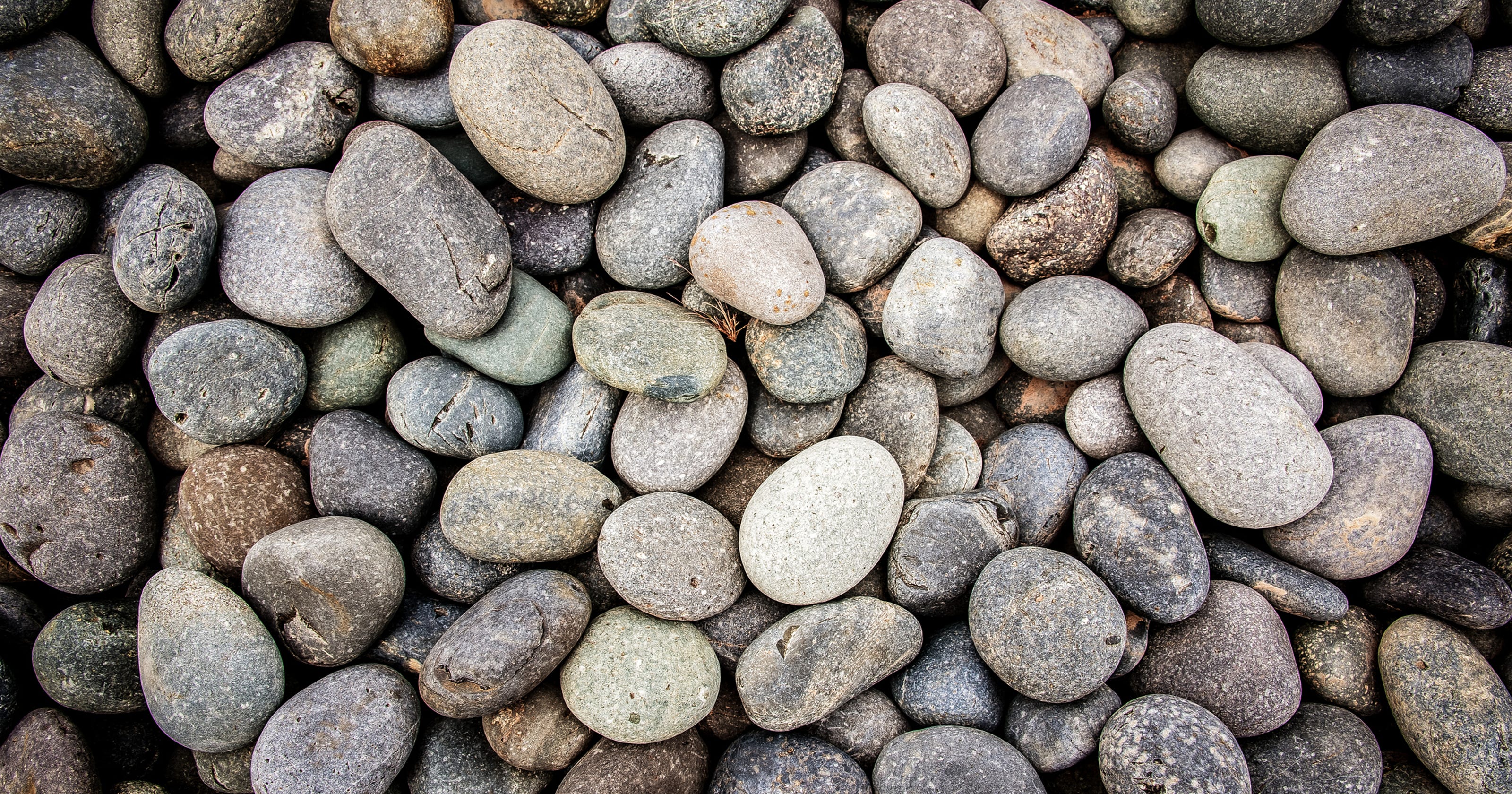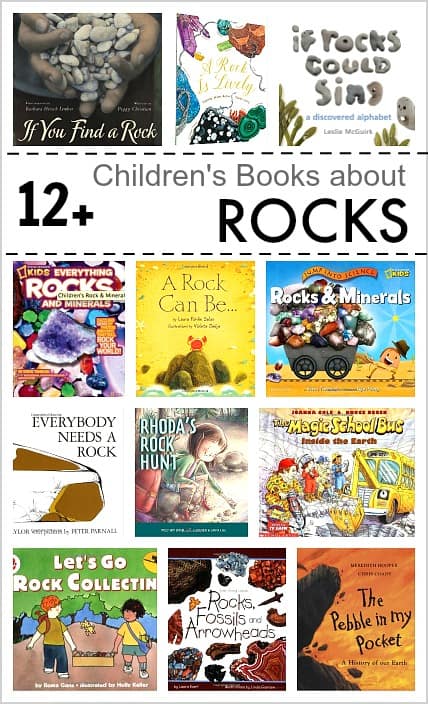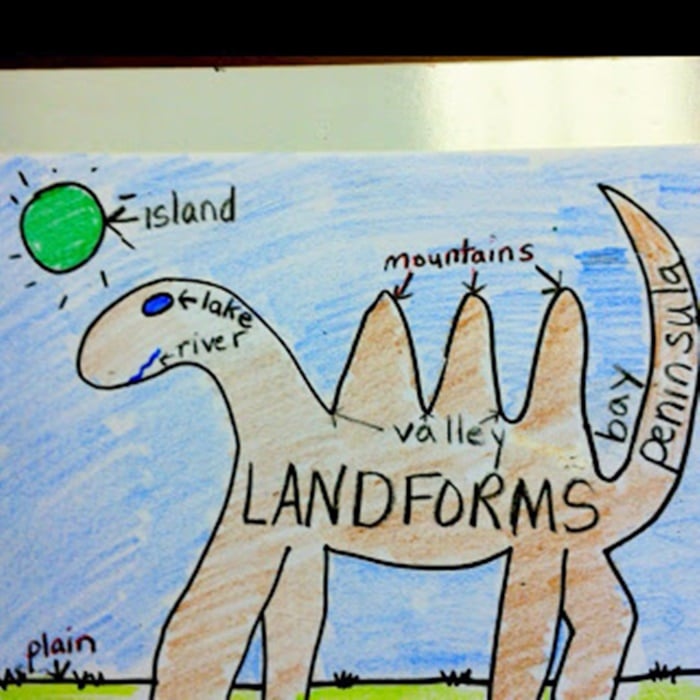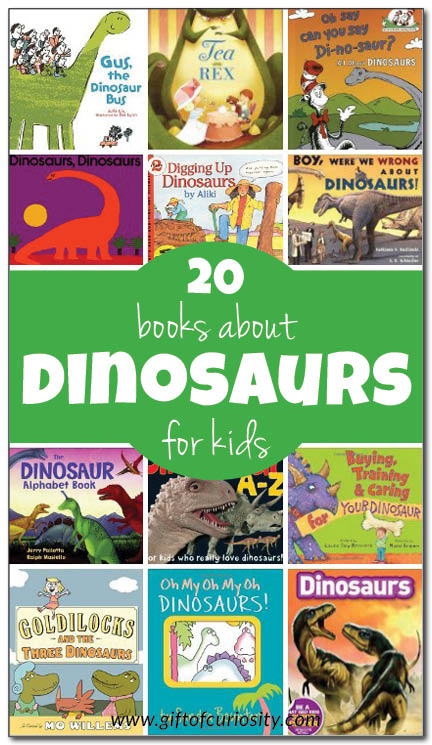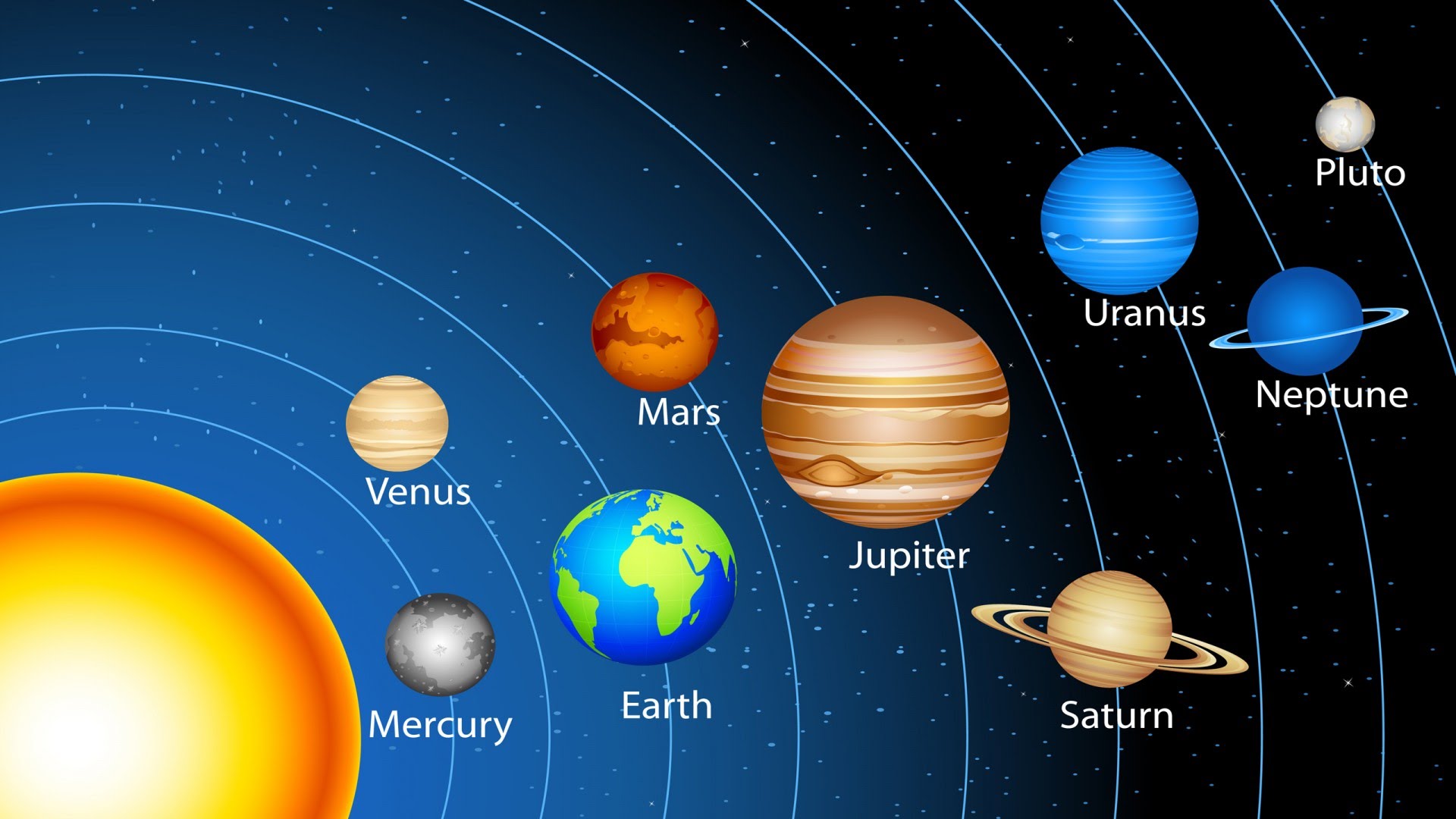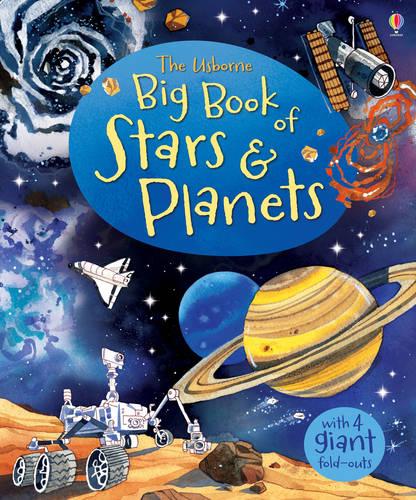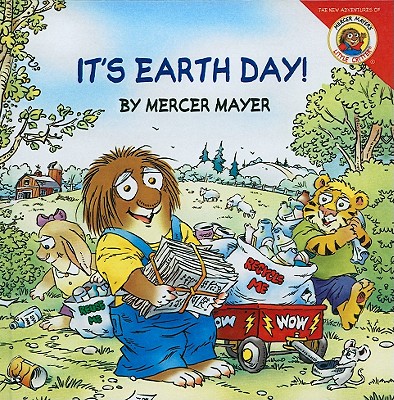What's in My Lunch Box


When planning a lesson, the first thing you think of is probably not lunch time. However, children can learn so many important things from thinking about where each item in their lunch box came from.
Lesson Ideas :
* Brainstorm a list of favorite foods. In small groups, children choose a food and research (using provided resources) the process that it goes through before it gets in their lunchbox. Children can make a flow chart of the process.
Examples:
Bread:


Clementine:

Chocolate Chips (Chocolate Chip Cookie):

Tomatoes:
Cheese:

Examples:
Bread:

Apple:

Clementine:

Chocolate Chips (Chocolate Chip Cookie):

Tomatoes:
Cheese:

This lesson is from Maine Agriculture in the Classroom-Find this lesson and other resources here:
Books:
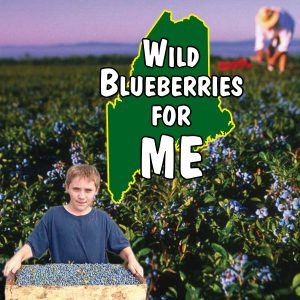



Can't go wrong with lunch puns!!


